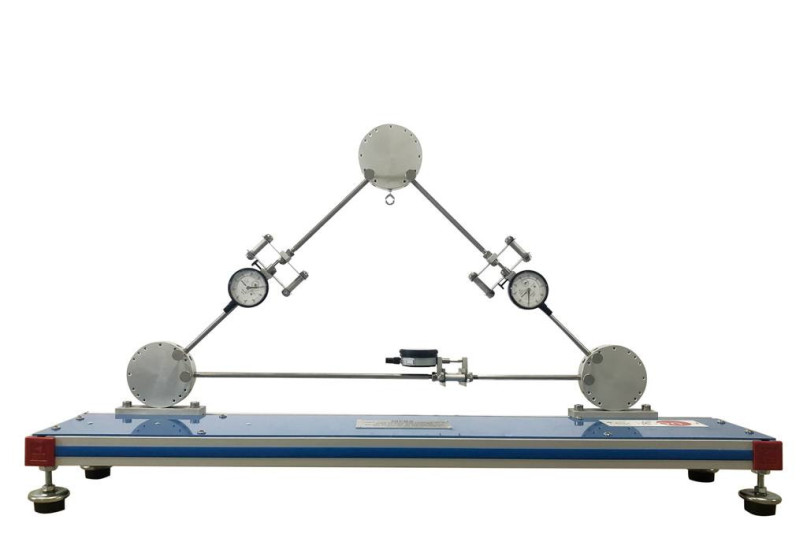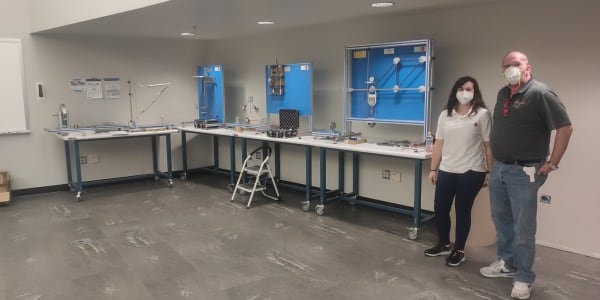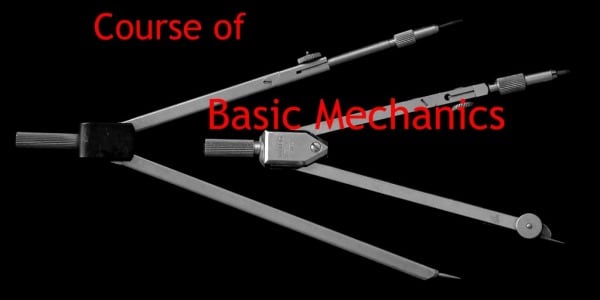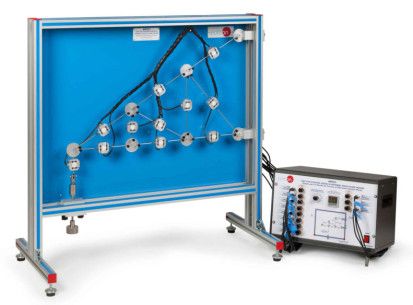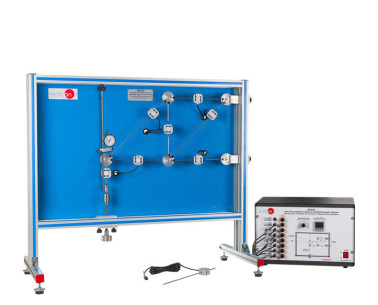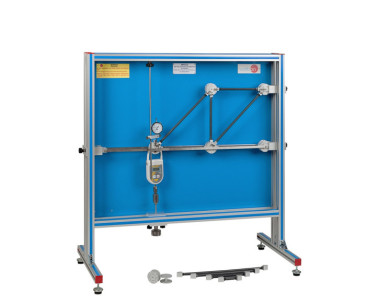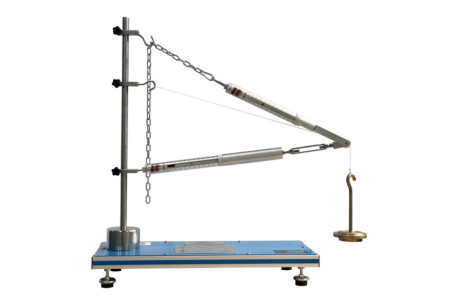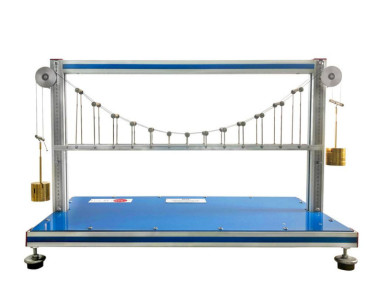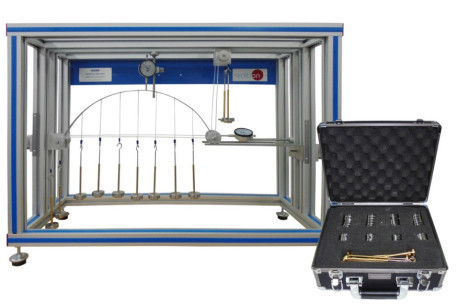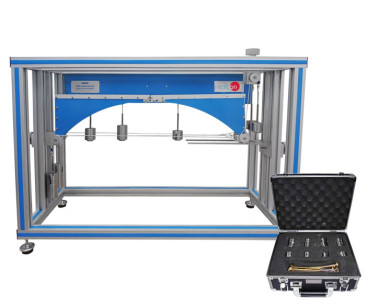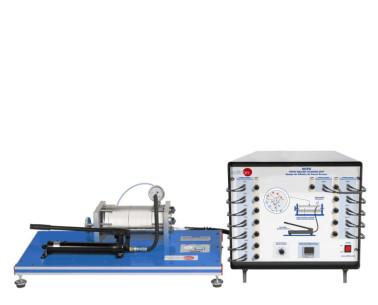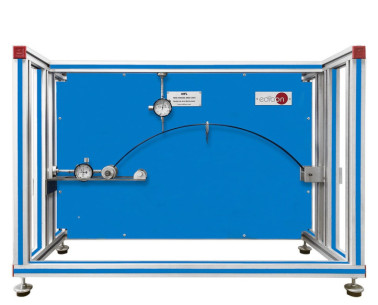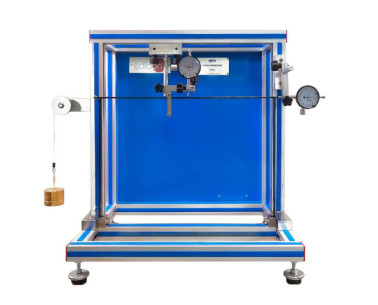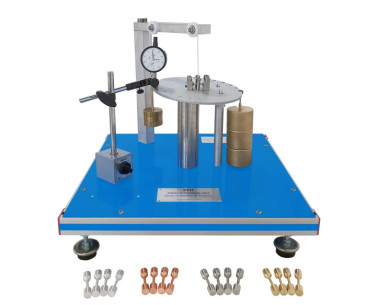At EDIBON, we are committed to strengthening skills as a strategic pillar for the competitiveness and social well-being of the European Union. Proper training not only boosts the economy but also enables individuals to fully participate in society and democracy.
We have moved to the engineering lab of South Mountain Community College (MARICOPA) to install some of our units. With these new units, we hope that students in the engineering lab can learn the concepts in a practical way.
Are you a teacher or do you work as an engineering researcher? EDIBON offers courses for teachers and #research staff. Take a look at the course Basic Mechanics and learn about #forces and vectors. #DiscoverEdibon #Engineering.
 Cookie preferences
Cookie preferences

